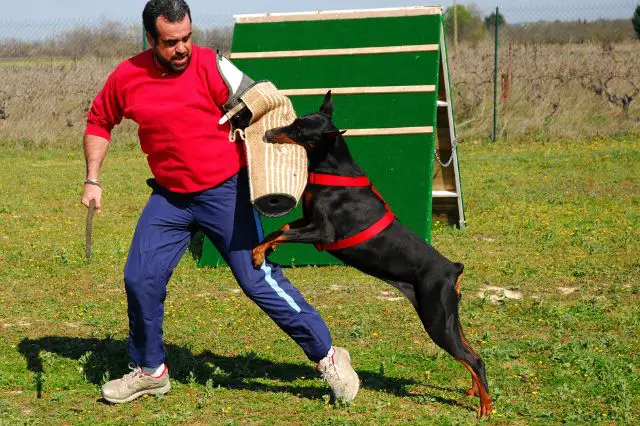Understanding the Causes of Aggression in Dogs

Aggression in dogs can be a challenging issue to handle for pet owners. It’s crucial to recognize that aggression is a symptom of an underlying problem rather than a standalone behavior.
Understanding the causes of aggression is the first step toward addressing and managing it effectively. In this blog post, we will explore common factors that can contribute to aggression in dogs and provide insights into each cause.
Fear and anxiety
Fear and anxiety are significant contributors to aggression in dogs. When a dog feels threatened or scared, it may resort to aggressive behaviors as a defense mechanism.
Traumatic experiences, lack of socialization, or genetic predisposition can all contribute to fear and anxiety in dogs. Identifying the triggers and gradually desensitizing the dog through positive reinforcement techniques can help alleviate their anxiety and reduce aggressive responses.
Territoriality
Dogs are instinctively territorial creatures, and their aggression may arise when they perceive a threat to their space. Protecting their home, yard, or even their favorite sleeping spot can trigger aggressive behaviors.
Proper socialization and teaching appropriate boundaries from a young age can help prevent territorial aggression. Additionally, responsible management and supervision can ensure that the dog feels secure in their territory without resorting to aggression.
Resource guarding
Resource guarding refers to a dog’s instinct to protect its valued possessions, such as food, toys, or even its owners. Dogs may display aggressive behaviors when they feel their resources are at risk.
Early intervention, positive reinforcement training, and implementing strategies like trading or teaching “drop it” commands can help manage resource guarding behaviors in dogs.
Lack of socialization
Insufficient socialization during the critical period of a dog’s development can lead to fear-based aggression later in life. Dogs that have not been exposed to various people, animals, and environments may become fearful or anxious in unfamiliar situations, resulting in aggressive responses.
Gradual exposure to new experiences, positive reinforcement training, and controlled social interactions can help dogs develop confidence and reduce fear-based aggression.
Frustration and redirected aggression
Frustration can manifest as aggression in dogs when they are unable to reach a desired goal. In some cases, this frustration can be redirected toward another dog or person nearby. Frustration and redirected aggression often occur in situations where a dog is restrained or unable to access a stimulus that is causing excitement or frustration.
Identifying triggers, implementing appropriate management techniques, and providing outlets for mental and physical stimulation can help minimize these behaviors.
Pain or medical conditions
Dogs experiencing pain or discomfort may exhibit aggression as a defensive response. It’s essential to consider underlying medical conditions or sources of pain when dealing with aggressive behavior.
Consulting with a veterinarian to rule out any health issues and providing appropriate pain management can address the underlying cause of aggression in such cases.
Predatory aggression
Certain dog breeds have a strong prey drive, and their aggression can be triggered by the sight, sound, or movement of smaller animals. Predatory aggression is deeply ingrained in their genetic makeup and can be challenging to manage.
Understanding and managing this instinctual behavior requires diligent training, leash control, and careful supervision in environments where potential triggers are present.
Lack of training and social boundaries
Dogs are our loyal companions that offer unconditional love and support. However, without proper training and socialization, dogs may resort to aggressive behaviors to communicate their needs or assert dominance. This can put both the dog and the owner at risk.
Obedience training, especially in Utah, can help establish clear boundaries and teach appropriate behaviors. Positive reinforcement-based training methods can increase obedience and prevent the development of aggression stemming from a lack of training.
In addition to training, providing dogs with mental and physical stimulation through interactive games and structured routines can help prevent bad behavior. Ultimately, early and consistent training ensures a happy and safe environment for both dogs and their owners.
Conclusion
Aggression in dogs is a complex issue, and it often results from a combination of factors. By understanding the causes behind aggressive behavior, pet owners can take proactive steps to address and manage the underlying problems. Seeking professional guidance, implementing appropriate training techniques, and providing a supportive environment is essential for successfully managing aggression in dogs.





